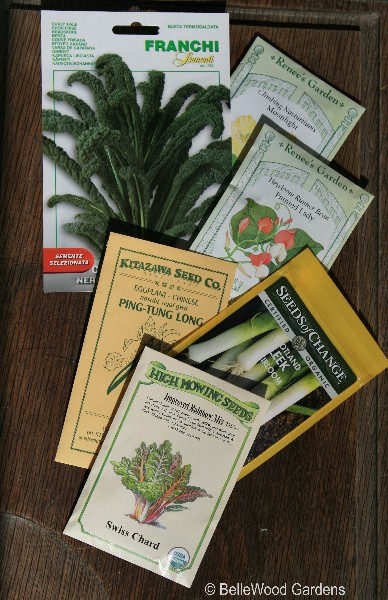
Seasonal Care of the Garden
Trees and Shrubs
By the time we get to March the days are longer, brighter, and warmer. Nights still dip below the freezing point but plants are getting their signals that it is time to get growing. The ground begins to thaw (can we say "mud season"?) and sap is rising. Bark on willow and shrubby dogwoods are coloring up, and folks who make maple syrup have been collecting sap for a few weeks.
Wait until April for major pruning. However, if removal of dead, damaged, and crossing branches wasn't taken care of last month, make sure you attend to it in March. Prune non-stone fruit trees such as apples and pears before new growth starts. Prune roses and other summer flowering shrubs but do not prune spring blooming shrubs such as forsythia, rhododendron, lilac. What's the difference? Trees and shrubs that flower in Spring bloom on what's known as old wood. They formed their flower buds last fall. Prune now, and you remove their blooming potential along with the branches. Summer-flowering shrubs such as roses bloom on new growth. It's O.K. to prune them in Spring. Sometimes there is a quandry: some hydrangeas flower on old wood, others bloom on new growth. Ditto with clematis. So you really need to know your plants so you'll know what is best when caring for them.
If the ground is in good tilth, you can begin planting. Certain trees are called "bleeders" because they ooze so much sap when damaged. Beeches, birches, maples, dogwoods, holly, and magnolias are best planted before leaf growth begins. Weather permitting, you can begin planting deciduous and coniferous trees and shrubs.
Perennials
When soil has dried sufficiently, begin preparation of flower beds and borders. Grab a small handful of soil and squeeze into a lump. Drop from about waist height. If the lump shatters, the soil is workable. If it remains in a solid clump the ground is too wet to work. When it is suitable for cultivation dig and incorporate compost, aged manure, or other organic matter. Combine thoroughly with existing soil.
Finish cleaning up garden, cut down perennials but do not completely remove winter mulches as long as there is the chance of a hard freeze. Now, as the soil thaws, is a good time to fertilize perennials if this was not done last autumn. Scatter fertilizer around the plants and lightly till in. Avoid scattering fertilizer directly on the crown of the plants. Weather permitting, you can begin transplanting perennials later in the month. And again, weather permitting, begin to divide perennials such as daylilies, Siberian iris, and hostas later in month.
Vegetables

Indoors sow seeds of parsley, lettuce, broccoli, cabbage, leeks. When the weather moderates they can be transplanted into the garden for an earlier crop. When the soil has thawed out and can be dug over you can sow seeds outdoors towards the end of the month - peas, radish, lettuce, spinach, leeks. Here's a hint: row covers or cold frames will help seeds get growing in cold soil. Plant onion sets too. If you plant them close together the extras can be pulled for scallions as you thin. If you planted a winter cover crop last fall, mow down and plow under the last week of March so it will break down into organic matter useful for later plantings.